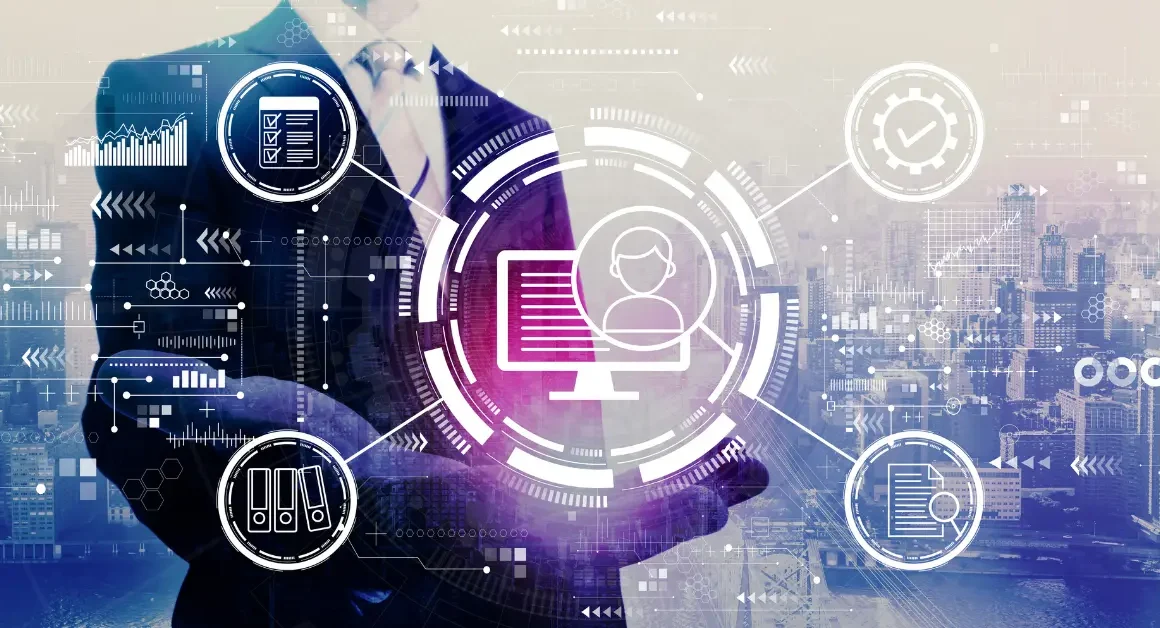In today’s fast-paced world, technology is reshaping every aspect of our lives, and education is no exception. From interactive online platforms to AI-driven personalized learning, the way we acquire knowledge is undergoing a profound transformation. This article explores how technology is revolutionizing education and what it means for learners worldwide.
The Rise of Online Learning Platforms
Online learning platforms have democratized education, making high-quality resources accessible to millions. Platforms like Coursera, Khan Academy, and Udemy offer courses on everything from coding to philosophy, often at a fraction of the cost of traditional education. These platforms leverage multimedia content, quizzes, and peer interactions to create engaging learning experiences.
Also Read: US President Donald Trump’s big U-turn: Announcement of a deal with China
The flexibility of online learning allows students to study at their own pace, fitting education into busy schedules. This is particularly beneficial for adult learners and professionals seeking to upskill. Moreover, many platforms now offer certifications that are recognized by employers, adding tangible value to the learning process.
AI and Personalized Learning
Artificial Intelligence (AI) is taking education to new heights by enabling personalized learning experiences. AI-powered tools analyze a learner’s strengths, weaknesses, and preferences to tailor content accordingly. For example, platforms like Duolingo use AI to adjust language lessons based on a user’s progress, ensuring optimal retention.
AI also supports educators by automating tasks like grading and providing real-time feedback. This allows teachers to focus on mentoring and inspiring students rather than administrative duties. As AI continues to evolve, we can expect even more sophisticated tools that adapt to individual learning styles, making education more effective and inclusive.
Virtual and Augmented Reality in Education
Virtual Reality (VR) and Augmented Reality (AR) are transforming how students engage with complex subjects. Imagine a history class where students can “walk” through ancient Rome or a biology lesson where they can explore a 3D model of the human body. These immersive technologies make abstract concepts tangible and foster deeper understanding.
VR and AR are particularly valuable in fields like medicine and engineering, where hands-on practice is crucial. Medical students, for instance, can simulate surgeries in a risk-free environment, honing their skills before entering an operating room. As these technologies become more affordable, their adoption in classrooms is likely to grow.
Challenges and Opportunities
While technology offers immense potential, it also presents challenges. The digital divide—unequal access to devices and reliable internet—remains a significant barrier, particularly in developing regions. Addressing this requires investment in infrastructure and policies to ensure equitable access to educational tools.
Additionally, the rapid pace of technological change demands that educators and institutions adapt quickly. Professional development programs are essential to equip teachers with the skills to integrate technology effectively into their classrooms.
Despite these challenges, the opportunities are vast. Technology can bridge gaps in education, empower lifelong learning, and prepare students for a future where adaptability and digital literacy are paramount.
Conclusion
The future of education is bright, with technology paving the way for more accessible, personalized, and engaging learning experiences. As we embrace these innovations, it’s crucial to address challenges like accessibility and teacher training to ensure that no one is left behind.
For more insights on how technology is shaping our world, visit explainednow.pro for stay informed, curious, and keep learning!





